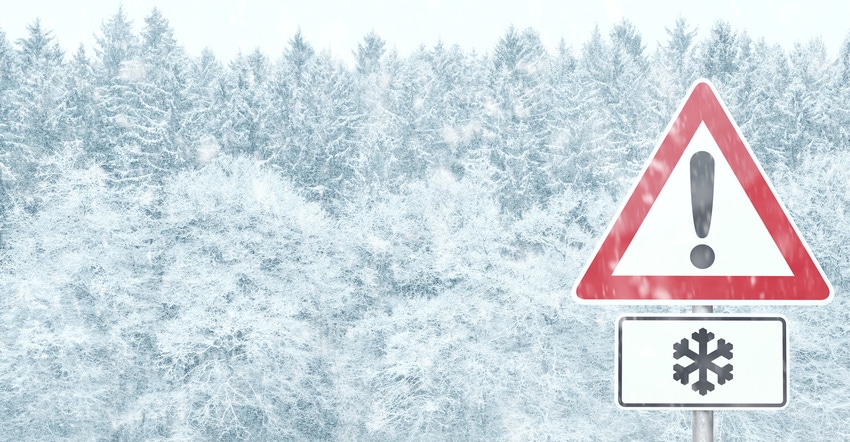December 30, 2016

By Brian K. Sullivan
A deep freeze is about to descend on North America, Europe and Asia thanks to record high temperatures across the Arctic.
How’s that? “Think of it like a seesaw,” said Matt Rogers, president of Commodity Weather Group LLC in Bethesda, Maryland. If winter temperatures rise north of Alaska, that “forces an equal-opposite downward-southward push. The cold essentially has to go somewhere else.”
Meteorologists theorize the phenomenon works this way: Warmth in the northern polar region helps lock in jet-stream kinks that drag cold air south and sets up conditions that weaken the polar vortex, the pressure zone that usually traps the chill in the northernmost part of Earth. Frigid thermometer readings are, as a result, delivered to the Northern Hemisphere. So, warm Arctic, cold continents.
Forecasts show how drastic it could be. For example, Chicago’s high on Monday is expected to be 43 degrees Fahrenheit (about 6 Celsius) and its low 33, according to MDA Weather Services in Gaithersburg, Maryland. By Friday, the high is predicted to be 18 and the low just 5.
Climate change and the recently ended El Nino conspired over the last three years to heat the planet to record levels. The ice cap dwindled. In September it was the smallest in scope since 2007; its winter growth has been the slowest in chronicled history.
Sea ice keeps the air above it cold, and in November in the Arctic it hit a record low, according to the National Oceanic and Atmospheric Administration. For several weeks, as as consequence, a large part of the Arctic has been hotter than normal.
“We have a buoy north of Alaska that went over to freezing around the 10th of December, which is about a month later than it normally happens,” said Jim Overland, a research oceanographer at the U.S. Pacific Marine Environment Laboratory in Seattle, who made his first trips to Arctic ice in the 60s.
Santa’s surfboard
Because there is less ice covering the Arctic Ocean, more of it has been exposed to sunlight during the summer. Open water stores heat that lingers on into the fall and early winter even after the sun has set for the year.
Before Christmas things looked so dire meteorologists wondered whether “Santa was going to have to trade in his sleigh for a surf board,” said Judah Cohen, director of seasonal forecasting at Atmospheric and Environmental Research, a unit of Verisk Analytics Inc.
There have already been spates of severely cold weather across Siberia and North America, and what scientists call climate variability. National Weather Service meteorologists in Dallas said temperatures have been riding a roller coaster: On Dec. 18, the high at Dallas-Fort Worth International Airport was 30 degrees; on Dec. 25 a record high of 80 was registered; on Wednesday another all-time high of 83 was set.
For a look at how the Arctic chill is spurring a natural-gas rally, click here
While the U.S. and Canada could get hit with brutal cold, Russia will probably bear the brunt on the other side of the globe, said Bob Smerbeck, a senior meteorologist with AccuWeather Inc. in State College, Pennsylvania. Some chilly readings could brush Eastern Europe and seep into eastern Asia.
Jet stream kinks
There isn’t a consensus on how the Arctic contributes to cold surges across the hemisphere, and some scientists aren’t ready to believe the polar region has much influence at all, Cohen and Overland said. At the moment it’s not a widely studied meteorological field.
There’s no dispute that one of the mechanisms that pump cold air south are kinks or waves in the jet stream. Overland said the lack of Arctic-sea ice seems to lock these kinks in place for weeks at a time. In addition, the high pressure that comes with warmer temperatures spins clockwise, something Rogers said is called a “cross-Polar flow.”
Right now there’s one above Alaska that’s dragging cold away from the Arctic and aiming it at North America.
High pressure does something else, Cohen said. It “perturbs the polar vortex.” The pressure system and wind pattern tends to keep cold air up in the Arctic unless it weakens, stretches or gets bent out of shape. When that happens, frigid temperatures run south into North America, Asia and Europe. And it may become increasingly common.
“The mechanics are the same,” Cohen said. “What is changing is the loading of the dice.”
You May Also Like




